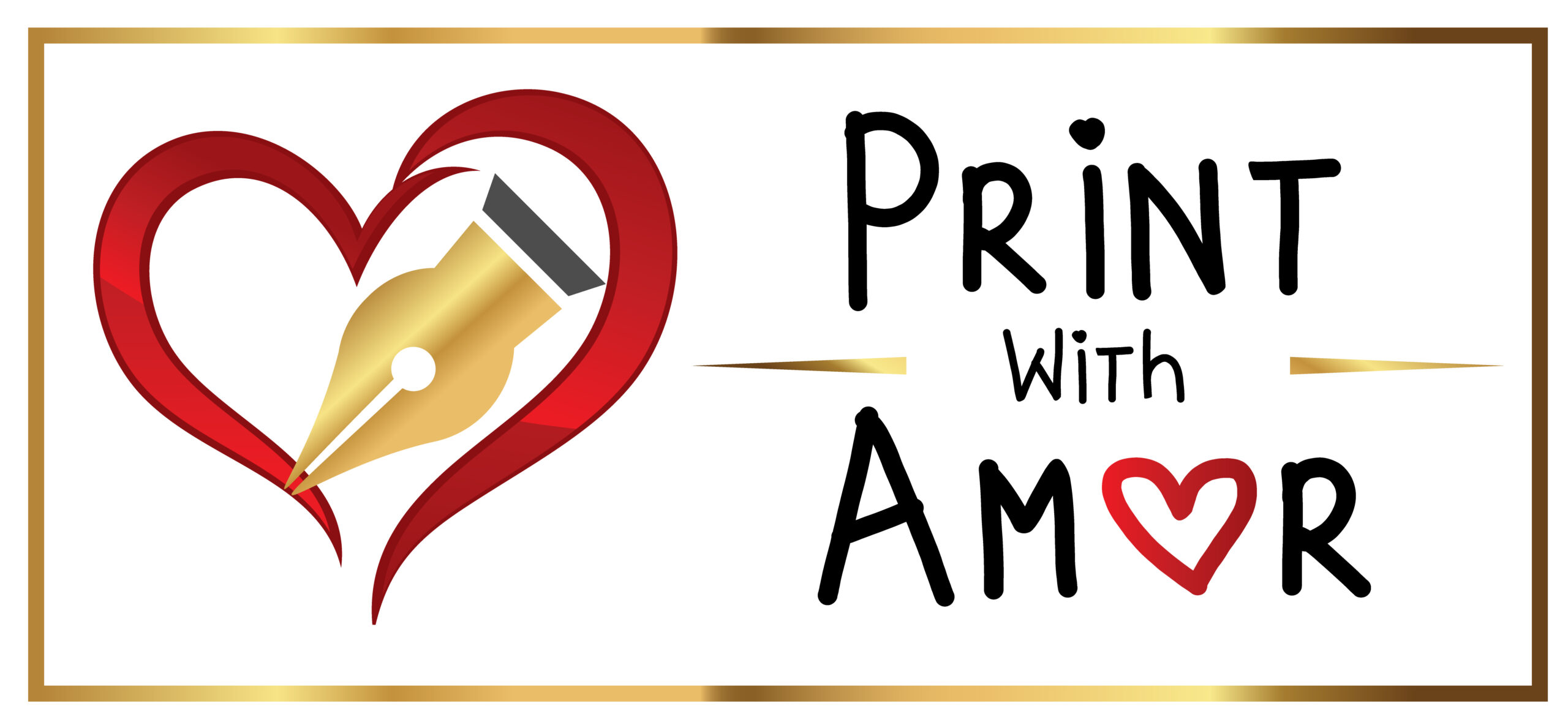Restroom signs play a vital role in promoting inclusivity, accessibility, and safety for all users. However, creating welcoming and compliant restroom signage can be challenging, particularly given the various types of signs and symbols available, as well as the need to comply with legal requirements.
One of the primary reasons why restroom signs are important is because they promote inclusivity and accessibility. Gendered signs can be confusing and even unsafe for those who identify as transgender or non-binary, while accessible signs are required by law to ensure compliance with the Americans with Disabilities Act (ADA) and other regulations. Clear and visible restroom signs can also help prevent accidents and confusion, especially in emergency situations.
Understanding the different types of restroom signs available is crucial for creating effective and inclusive signage. Gendered signs for men and women are traditional but can exclude those who do not identify with a particular gender. Gender-neutral signs can include symbols like a toilet or diamond or use the words “restroom” or “bathroom” without gendered symbols. Accessible signs are required by law and often feature the symbol of a wheelchair or other accessibility symbol.
To create inclusive restroom signage, several best practices should be followed. Gender inclusivity should be a top priority, which can be achieved by providing gender-neutral or all-gender options in addition to traditional gendered signage. Accessibility is also critical, and ensuring that your restroom signs are compliant with the ADA and state laws is essential. Additionally, restroom signs should be placed in visible and accessible locations, with clear and concise language that is easy to read and understand. Consistent signage should be maintained throughout your facility to prevent confusion and ensure a clear and accessible environment for all users.
However, several challenges and controversies must also be addressed when it comes to restroom signs. Privacy concerns may arise for those who are uncomfortable using restrooms with people of different genders. Cultural differences can also impact how restroom signage is perceived and understood. Opposition to gender-neutral signage may arise from those who view it as a threat to traditional gender norms. These challenges and controversies should be addressed through education and clear communication with users.
- Restroom signs are not only important for inclusivity and accessibility, but they can also help to promote a more welcoming and positive culture within your organization or business.
- In addition to traditional signs for men and women, businesses can also create single-occupancy restrooms that are open to all genders or implement a system where users can choose which restroom they prefer to use.
- When designing restroom signs, it’s important to consider the needs of all users, including those with disabilities. This can involve providing clear information about the location of accessible restrooms and ensuring that the signs themselves are compliant with the ADA and state laws.
- Consistency is key when it comes to restroom signage. By maintaining a consistent style and design throughout your facility, you can ensure that users can easily navigate the space and find the restrooms they need.
- In addition to signage, businesses and organizations can take other steps to promote inclusivity and accessibility in their restrooms, such as providing sanitary products, ensuring that the restrooms are clean and well-maintained, and training employees on best practices for creating a welcoming and respectful environment.
- Creating effective and inclusive restroom signage is not just a legal requirement – it’s also an important part of promoting a positive and welcoming culture within your organization or business. By taking the time to design effective and inclusive restroom signs, you can create an environment that meets the needs of all users and promotes dignity, respect, and accessibility for all.
In conclusion, creating effective and inclusive restroom signage is crucial for promoting dignity, respect, and accessibility for all users. By understanding the importance of restroom signs, different types of restroom signs available, legal requirements, and best practices for creating inclusive signage, businesses and organizations can create a welcoming environment that meets the needs of all users. If you need assistance with creating compliant and inclusive signage, contact our team today to learn how we can help.
Looking to create compliant and inclusive restroom signage for your business or organization? Contact our team today to learn how we can help you design effective and welcoming restroom signs that meet legal requirements and promote accessibility and inclusivity for all users. Don’t wait – take the first step towards creating a more welcoming and accessible environment today.

